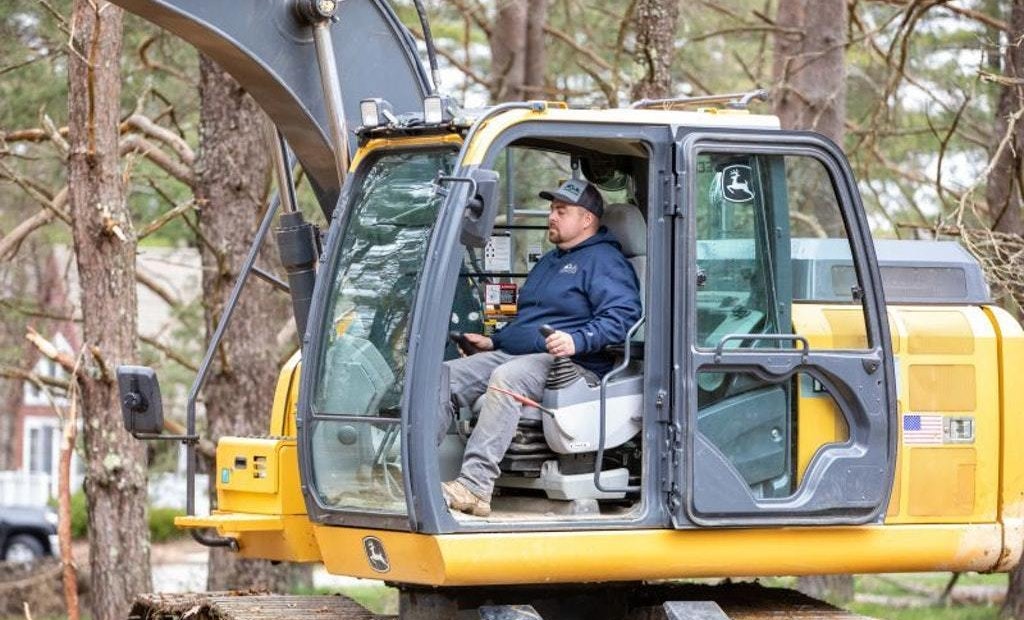When replacing septic systems for older homes, the Rotti and Son installation company often needs compact drainfield solutions.
In many such cases the company, based in Templeton, Massachusetts, uses Enviro-Septic passive treatment systems from Presby Environmental (owned by...






